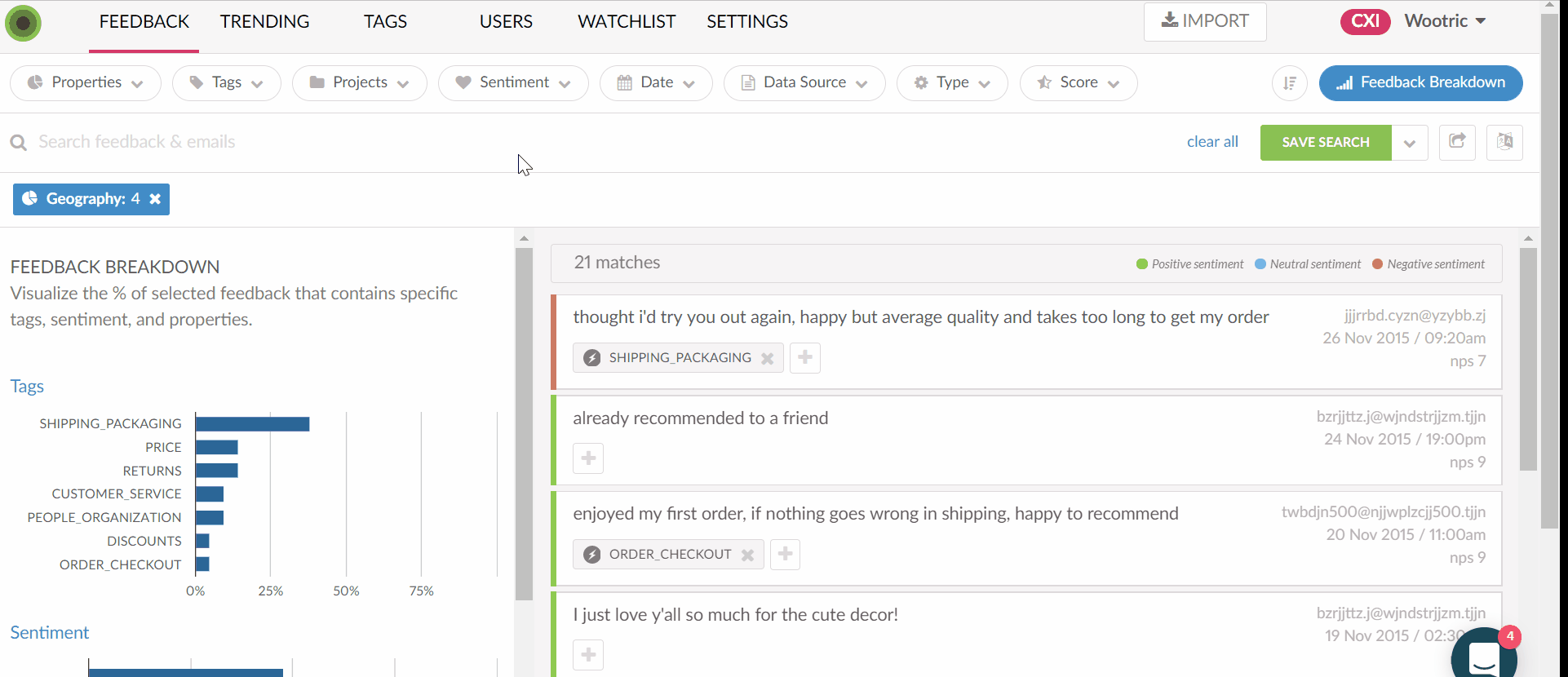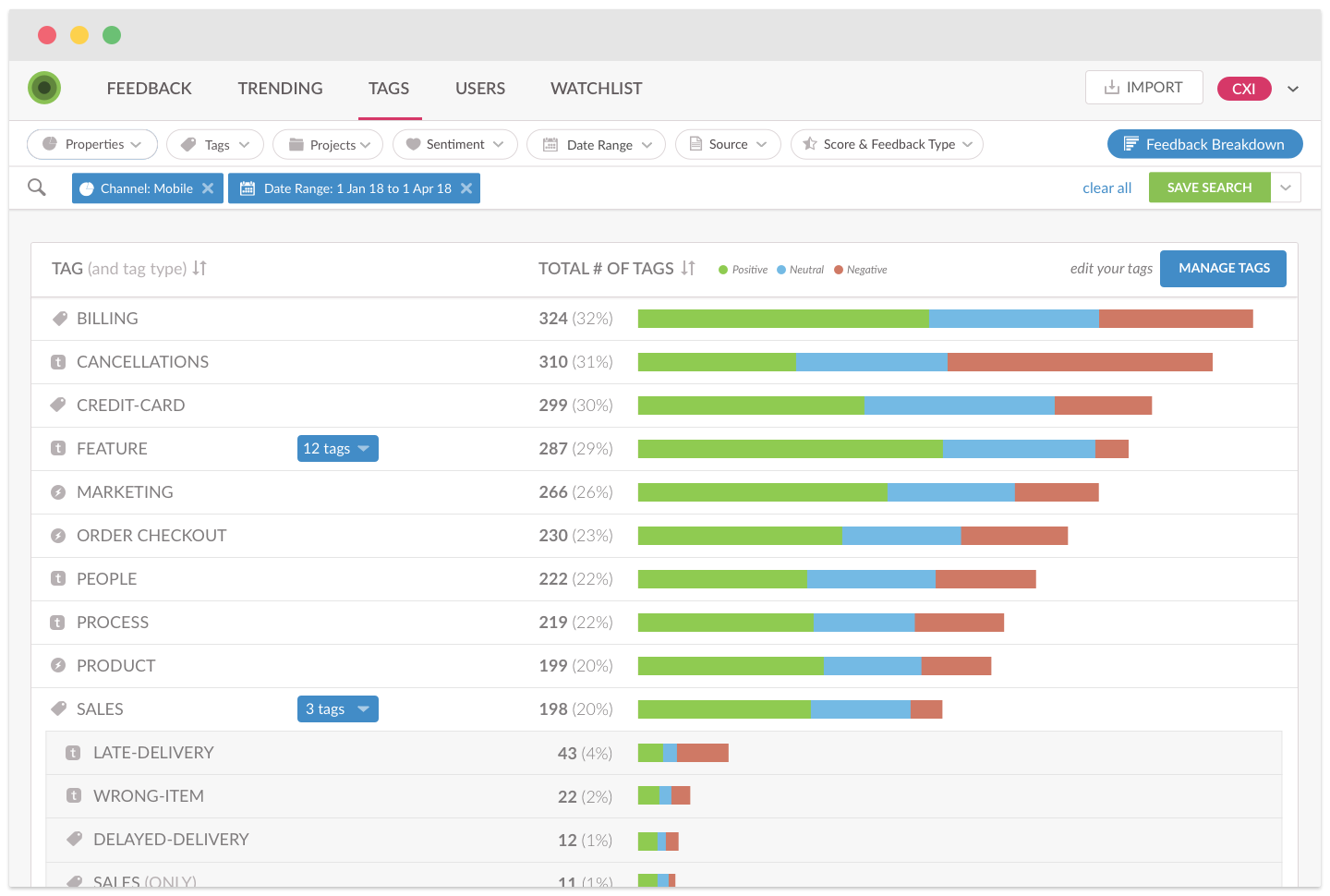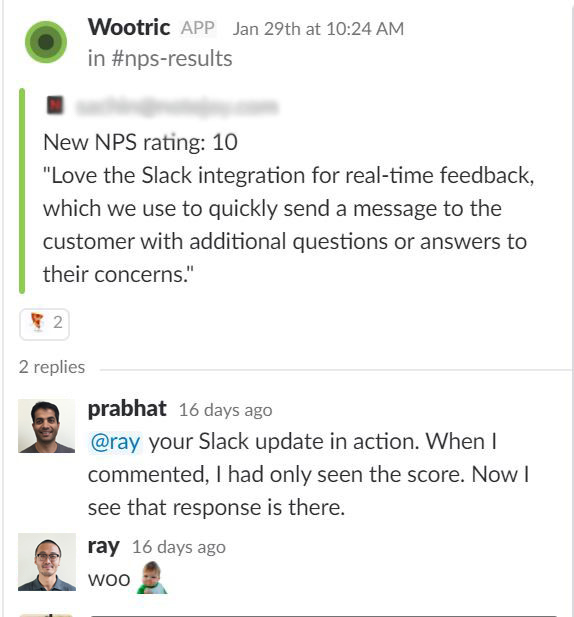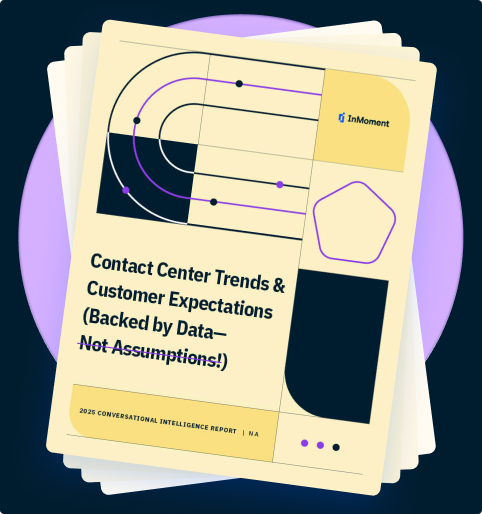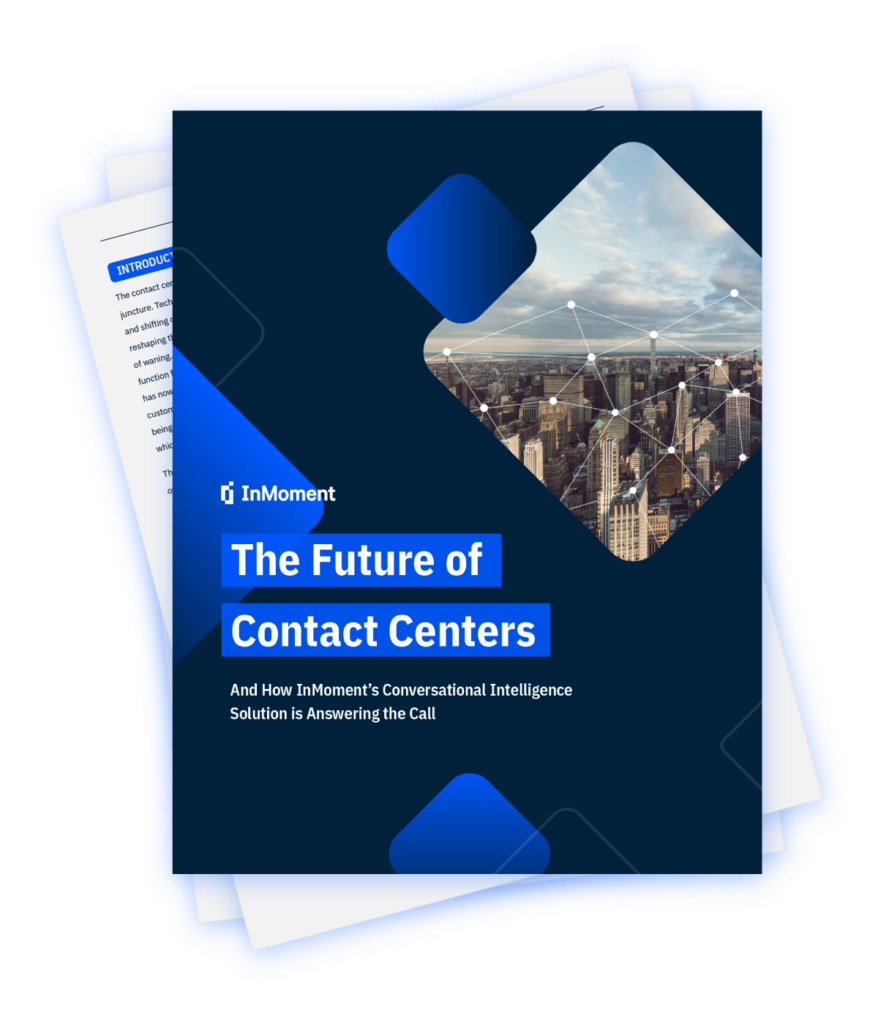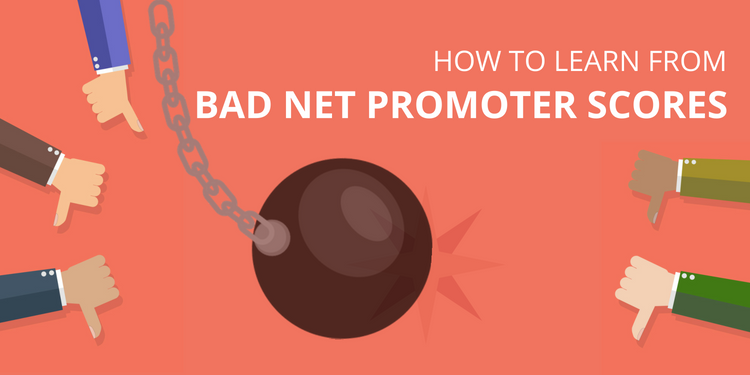Four Guiding Principles for CX Metrics with Meaning
CX metrics help us understand our company’s relative position, reinforce expectations and key behaviors in our teams, and quantify our level of impact and achievement. Because of this, many program owners and stakeholders spend their time agonizing over what questions to ask of their customers. Though this is important, I would like to suggest that CX experts begin with a different approach, asking: What business outcome do we want to influence and why?
When it comes to metrics, the human race is a little obsessed. We measure our weight, height, IQ, wealth, and now our followers on social media. Those of us in customer experience (CX) take metrics even more seriously, and for good reason.
CX metrics help us understand our company’s relative position, reinforce expectations and key behaviors in our teams, and quantify our level of impact and achievement. Because of this, many program owners and stakeholders spend their time agonizing over what questions to ask of their customers. Though this is important, I would like to suggest that CX experts begin with a different approach, asking: What business outcome do we want to influence and why?
It’s easy to get stuck on what your measuring. After all, it makes your CX program tangible, but when it comes down to it, you want your program to create real impact. That impact can only be shown with the right metrics.
You may be creating the first ever metric framework for your company or you may have historically tracked certain metrics, but have a feeling they just aren’t working for you any more. Either way, if you want to elevate your programs and practices, you’ve got to be deliberate about your metrics. How? Here are four guiding principles for choosing and implementing metrics with meaning:
Principle #1: Design with the End in Mind
It used to be that program owners would start their programs off by turning to each other and asking, “what have we always wanted to know about our customers?” The result was surveys populated with “best guess” questions that provided some information, but not much direction. This method causes a disconnect in the relationship between customer listening, CX improvement, and ROI understanding.
To avoid this confusion, it’s important to start at the end by defining what you want to achieve before you even start. What meaningful financial and intrinsic value can this program drive for your organization? The answer to this question should point you towards more specific metrics; choose the ones that are closely tied to your value proposition, customer promise, and are aligned with your strategy. If you start with your goals in mind, you’ll be able to make sure your metric framework will provide real meaning by helping further your greater goals as a company.
Principle #2: Give the People What They Want
This point may seem obvious for any industry, but it’s meaning requires a little more explanation when it comes to metrics. By this point, I mean that you need to be hypersensitive as to who your stakeholders are when you select metrics for your program. The three most common stakeholder groups I’ve seen in my experience are the company as a whole, it’s employees, and, of course, your customers.
Each of these groups will have specific sets of needs. When selecting metrics, you need to tailor your choices—and the messaging with which you deliver them— to align with the assets of the business and experience those groups most care about. For example: the metrics you choose for your company will align more with business results, whereas for your customers it will concern more of overall satisfaction or ease.
Principle #3: Quit Living in the Past
I like to follow up this third principle, “quit living in the past,” with “unless your boss says you have to.” When I say the past, I am referencing past data and practices. Most often people don’t want to mess with their historical data, so they’re afraid to ask questions in new ways or start new initiatives for fear that the data won’t match up. To them I say that if you allow yourself to be paralyzed by the politics of historical data, your program will never evolve and therefore will never improve.
The way forward is to have an honest conversation about metrics with meaning. In this conversation, you and your other stakeholders will find that your metrics have to change as your business changes. Otherwise, your metric framework will be out of context, therefore limiting the value of any insight gained from that framework. Living in the past is then the common culprit of flat metrics; whereas adapting, insightful metrics evolve with your business so they can inform and inspire real change.
Principle #4: There’s Value in a Good Story
Although metrics are vital for you program, it’s important to remember this Albert Einstein quote: “Not everything that counts can be counted.” Traditional scales, ratings, and numbers may only take you so far. The future of metrics lies in your ability to leverage unstructured feedback to shape what you will measure and why. In other words, we can modernize the approach and use customer’s qualitative story about their experience to create metrics that matter.
In unstructured feedback, customers are already telling you what they care about most. At InMoment, we have developed a sentiment scoring algorithm that interprets the value of the customer experience based on what they write (or tell you via voice or video feedback) instead of just what they score. In a very compelling case study with an InMoment client, we found that our sentiment score trends exactly as NPS and OSAT scoring; and can even be used to predict scores, forward and back. How’s that for a game changing approach to metrics?!
When it comes to deciding on your metric framework, you have two choices: are you curious about your customer experience, or are you serious about using the right metrics to get the right intelligence for real business impact? I don’t know about you, but the decision seems pretty obvious to me. When you choose your metrics based on the value and meaning they present, you set yourself up for a CX program that will propel your organization into a future of success.
If you want to learn more about crafting metrics with meaning—including specific case studies and practical approaches—watch the full webinar, “CX Metrics: Choosing and Implementing the Right Ones for Your Business!” Click here to access!


